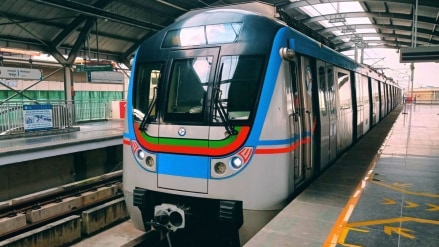In a significant update for the Hyderabad Metro Rail Phase-2 project, senior officials announced on Sunday that the detailed project reports (DPRs) for all corridors are nearing completion. The ambitious project, expected to cost approximately Rs 32,237 crore, aims to enhance urban mobility across the city.
Review of Progress by Chief Minister
Telangana Chief Minister A. Revanth Reddy recently reviewed the progress of the DPR preparations with senior officers from the Municipal Administration and Urban Development department. During the review, Hyderabad Airport Metro Limited (HAML) Managing Director NVS Reddy presented a comprehensive overview of the project’s alignment, key features, and station locations. Phase-2 will encompass six corridors spanning a total of 116.2 km.
Reddy informed the Chief Minister that the DPRs are in the final stages and that HAML is currently awaiting the traffic study report from the Comprehensive Mobility Plan (CMP) being developed by the Hyderabad Metropolitan Development Authority. This report is crucial, as traffic projections for the Metro corridors must align with the CMP to secure Government of India approvals.
Approval of Metro Rail Phase-2 Corridors
After thorough discussions regarding various alternatives, Chief Minister Reddy approved the broad contours of the Metro Rail Phase-2 corridors, including:
- Corridor IV: Nagole – RGIA (Airport Metro) – 36.6 km
- Corridor V: Raidurg – Kokapet Neopolis – 11.6 km
- Corridor VI: MGBS – Chandrayangutta (Old City Metro) – 7.5 km
- Corridor VII: Miyapur – Patancheru – 13.4 km
- Corridor VIII: LB Nagar – Hayat Nagar – 7.1 km
- Corridor IX: RGIA – Fourth City (Skill University) – 40 km
Significant Improvement in Public Transportation
The entire Metro Rail Phase-2 project, designed as a joint venture between the Telangana government and the Government of India, is set to significantly improve public transportation in Hyderabad. However, concerns have been raised regarding Corridor VI, where approximately 1,100 properties will be affected. Notifications for 400 properties have been issued, with measures in place to protect sensitive structures along the route through innovative engineering solutions.
